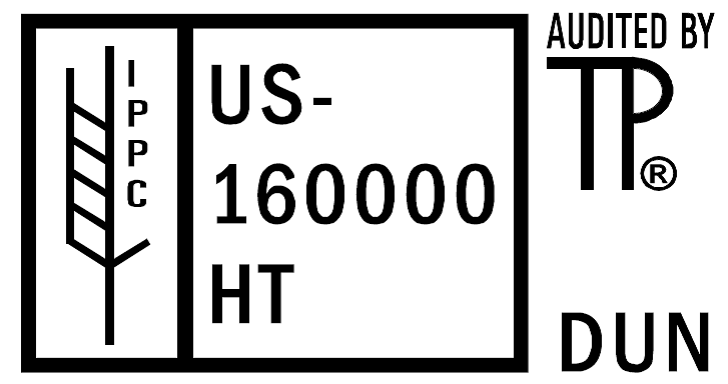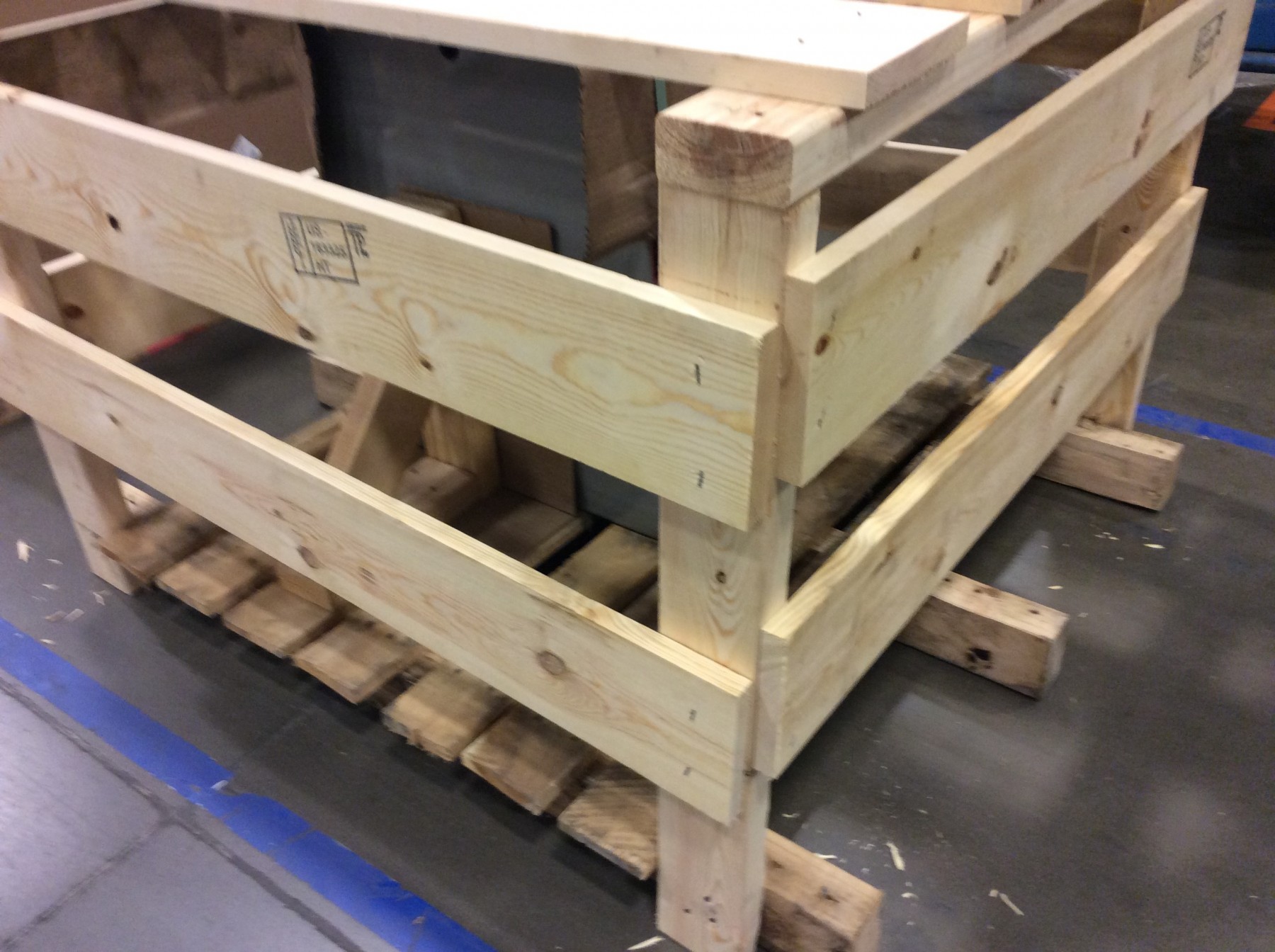Our Mission Statement
As a responsible partner TP delivers to clients, employees and the industries we serve the confidence to drive value through the effective use of our diverse professional team.
As a responsible partner TP delivers to clients, employees and the industries we serve the confidence to drive value through the effective use of our diverse professional team.

Dunnage Reminder
It is important to remember that a facility is responsible to know how its dunnage (DUN) material is used. In ALSC's Wood Packaging Material Enforcement Regulations dated November 14, 2014, it states in Section 1.5.1:
1.5.1 Dunnage, as defined by ISPM 15 is wood packaging material used to secure or support a commodity but which does not remain associated with the commodity. As dunnage is a wood packaging product available as an individual piece of lumber it is a product with special considerations. Those considerations are:
What is important to take away from this is that it is the facility's responsibility to advise their customers of the proper use of dunnage material. It cannot be used to build multi-component WPM. It is meant to be used only as an individual piece of wood for blocking, bracing or support. There could be liability issues related to the improper use of IPPC dunnage marked material internationally and a facility's customers should be made aware of this when they purchase this material from you. Please let your inspector know if you have further questions related to the proper use of IPPC dunnage marked WPM.
"Nothing turns out to be so oppressive and unjust as a feeble government."
Edmund Burke

Special Situations: Add-Ons
An add-on is a piece or pieces of wood or a wood assembly that is added to previously IPPC marked WPM. In these cases, the add-on(s) must be ISPM 15 conforming material and the facility adding the wood must properly place their IPPC mark on the wood material being fastened to the previously IPPC marked WPM. As a result, the facility for the original IPPC product takes responsibility for their WPM and the facility adding wood on takes responsibility for theirs. Failure to follow this protocol will create a non-conforming situation requiring additional stamping or complete removal of the add-on material.
TP Acquires Stafford Inspection (SIWP)
Timber Products Inspection, Inc. (TP) is pleased to announce that effective January 31, 2019, they have entered into an agreement to acquire Stafford Inspection & Consulting Services, LLC. (Stafford) which is currently headquartered in Orlando, Florida.
Both TP and Stafford have been providing professional inspection and certification services for over 50 years and are well recognized in the Industry. This acquisition aligns with TP’s objective to strengthen their position in the lumber, export wood packaging, truss and log home markets which are their core businesses.
Jeremy Williams, Vice-President of Finance at TP commented “The management team at Stafford has always been committed to providing dependable services and has built their reputation as a solid company based on integrity. These values are in direct alignment with the values that TP has delivered to their clients. Our hope is that this acquisition will provide growth opportunities for both Stafford and TP employees”.
Stafford will operate as a subsidiary of WRD, TP’s parent company, and be headquartered out of Conyers, Georgia.
Southern yellow pine (SYP) lumber prices reached record highs just six months ago in a region where log costs have remained relatively flat for the last several years. This trend has driven high profits for SYP mills since buying logs is the single largest operating expense in lumber manufacturing. However, the current situation is not likely to last in the US South, as a 25 percent increase in lumber production volume over the next 3 to 4 years is expected to increase competition (and prices) for SYP sawlogs.
A number of mutual factors affect both lumber and log prices, but each regional market also has independent drivers that do not overlap, which is why there is such a disconnect in the US South. The two primary factors that drive log prices at both the mill gate and on the stump are the general economic principles of supply and demand.
An Inevitable Harvest Increase on the Horizon
For the average southern SYP sawmill, log cost can make up 75 percent of the total cost of the mills’ finished product; it is therefore the single most important cost component in the supply chain. Sawmill procurement teams are tasked with finding the perfectly sized log, maximizing the mill’s market share of that log (while not overpaying), and reducing the variability in log size and quality as much as possible to maintain profitability.
As more existing sawmills expand capacity and new greenfield projects come online throughout the South, log consumption in the region will increase significantly, which will result in additional competition and larger procurement zones for many mill facilities. To put a single example in perspective, a new greenfield mill producing 250 million board feet (MMBF) of lumber with a yield of 1 MBF per 4 tons will consume a whopping million tons of logs each year. It takes a resource-rich procurement zone to sustainably supply a facility of this size, especially if competitive mills access the same zone.
Even if stumpage prices remain unchanged in the near term, larger mills will access expanded procurement zones and incur higher hauling costs, and their delivered log costs will therefore be higher. Further, with such a dramatic increase in overall demand, stumpage prices will inevitably rise across the US South, especially in areas with lots of added capacity. We're already beginning to see increases take effect in some products.
Forest2Market’s transaction-based timber prices (stumpage) for the US South during a four-month period from the beginning of 4Q2018 through January 2019 suggest increased price volatility. On a Southwide basis, pine chip-n-saw prices increased 14 percent to $19.38/ton and pine sawtimber prices increased 12 percent to an average of $29.98/ton.
Increased regional log consumption will also require new logging and trucking capacity to meet the needs of larger, more modern sawmills. Contractor cost components (equipment, fuel, labor and insurance costs) continue to increase rapidly; skyrocketing insurance costs alone have become a real concern for many regional log transport companies, and wages may have to be markedly higher to attract new entrants into the industry.
All of these factors point to an increase in log price volatility across the South, both for stumpage values and costs on a delivered basis.
Courtesy of Joe Clark, Forest2Market